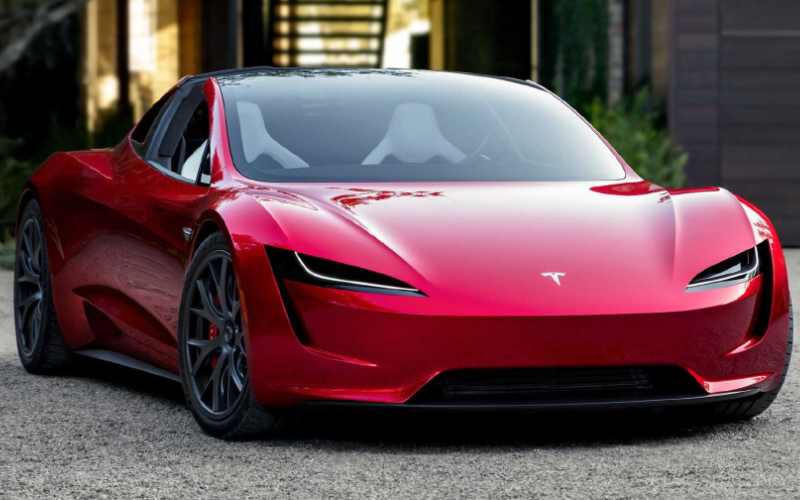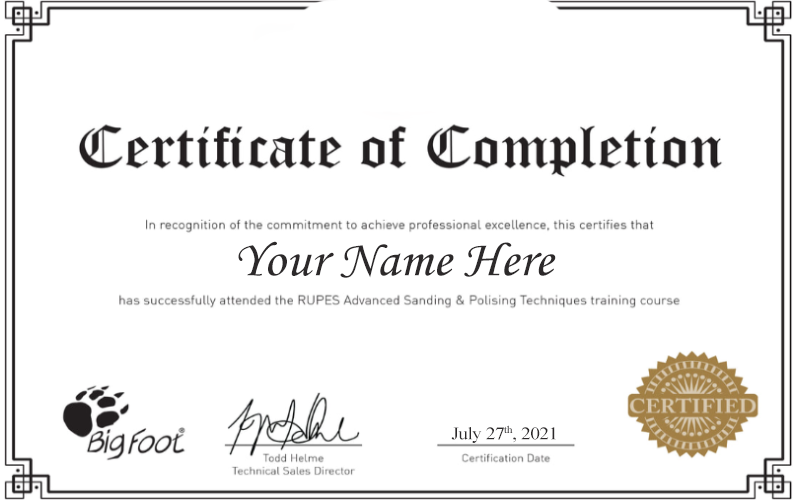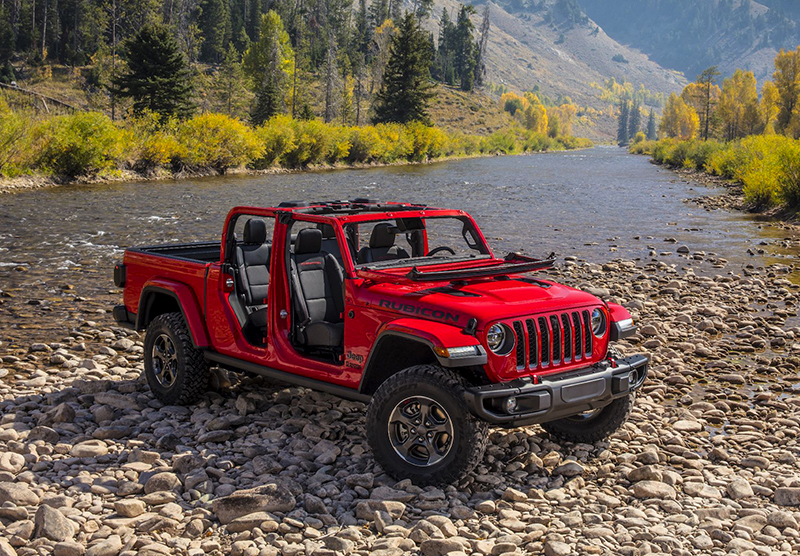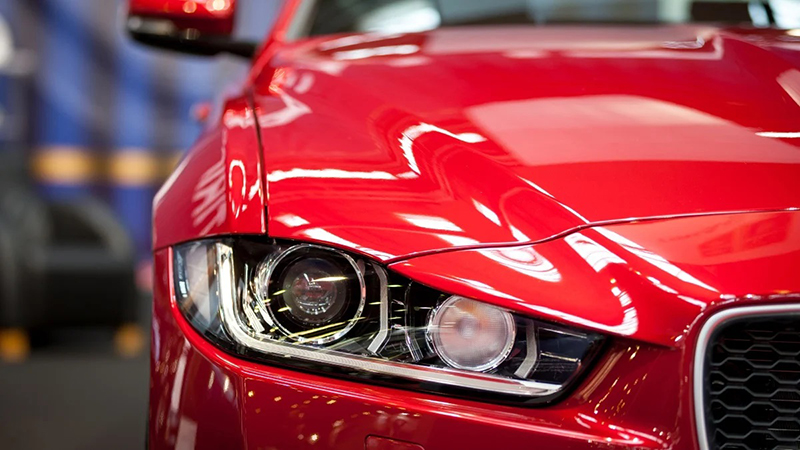Do you remember back in 2015 when Consumer Reports gave Tesla Model S P85D model an unprecedented test score of 103 out of 100? At the time the car was lauded as having done the impossible and proven beyond a shadow of a doubt that this new American car maker was the future of reliable automotive engineering.
Unfortunately, the honeymoon period didn’t last long. Over time, Tesla models started to slip in the reliability ratings, until it got to the point in June 2020 when thenextweb.com published a piece entitled “Study: Tesla Likely the US’ Worst Carmaker for Reliability and Build Quality.”
How did Tesla shift from gold to lead in such a short space of time? How did the impossible score on Consumer Reports become a slew of reports that warned people that “the only thing reliable about Teslas is their poor reliability”? In today’s blog we’re looking at the story of Tesla reliability and seeing where the lines between fact and exaggeration may lie.
How Did Tesla Score 103 on Consumer Reports Back in 2015?
When Consumer Reports published its score of the Tesla Model S P85D back in 2015, news outlets everywhere were initially baffled. How did any car manage to score 103 on a system where the maximum possible score was supposed to be 100? Consumer Reports explained at the time that they had had to “make changes to its scoring methodology to account for the car’s exceptionally strong performance.”
In fairness, they weren’t testing a base-level Tesla like the base Model 3 that you could pick up today for less than $40,000. The test model was the Model S, and a very high-end one at that, costing in the region of $127,000 at the time as tested. The base price of that particular model was $105,000. The reviewer at the time was one Jake Fisher, who was then (and still is even now) Head of Consumer Reports Car Testing Program.
Fisher described how this Model S “catapults you forward” and how much delight his two young sons at the time took in feeling the sense of the acceleration every time Fisher applied it. He also remarked on the fact that this particular super-powerful Model S was more efficient than its less-powerful predecessors, which is something unusual in the automotive world. Usually, more power means less fuel efficiency.
Another interesting fact here is that this was hardly the first time that Consumer Reports had tested the Model S. They had carried out numerous tests on it before, scoring a lower-end model 99 out of 100 two years prior, but also at times being quite critical of the car. In previous years, they had said that the P85D had broken power door handles from the get-go.
The 2015 model in particular managed to score so highly mostly because of the beyond-impressive performance metrics that Tesla continues to be known and lauded for, but also for its apparent efficiency, range and dependability at a time when range anxiety was truly strong among those who couldn’t bring themselves to become fellow early adopters of electric vehicles. Such a car offering more than 250 miles of range and sports car performance would be viewed as nothing short of miraculous, especially as it defied the typical narrative of engine power going up and efficiency going down.
What Did Consumer Reports Subsequently Say About Tesla Reliability?
The subsequent story for Tesla was less happy. In the years following that amazing score of 103, the brand continuously slipping in ratings, first losing its much-coveted “Recommended” rating from Consumer Reports on its Model 3 because of “declining reliability,” and then regaining it again in 2019, just, despite still being listed in the bottom third of rankings for their overall brand with a dismal score of just 39.
After the heady days of 2015, Tesla has found itself as a brand constantly defending its position in the face of poor ratings from Consumer Reports, and many negative reports and bad press coming at them from all sides. Most complaints were focused on paint, trim and the electronics in the Model 3.
What happened? There are various theories that circulated about what could explain the apparent decline in reliability. The most convincing is really about the nature of the Model 3 itself. This was Tesla’s first serious attempt at a mass-market vehicle. When they made the Model S and the 103-scoring P85D, they were laser-focused on a much smaller group of vehicles. That all changed when the Model 3 came along.
A CNBC report from 2019 said how Tesla was accused of sacrificing attention to detail and quality in order to meet production targets for its Model 3. The huge demand for the much-more affordable Model 3 put huge pressure on Tesla to deliver, especially as the perception of the brand was always as one that over-promised and under-delivered.
Another aspect of that time was that mass production of this scale was still relatively new to Tesla. They had spent so much time previously manufacturing in smaller numbers, that the requirements of producing in large numbers caught them off guard. Problems with body pane paint and cracked windows were quite serious at first, but it seemed to improve over time as they worked out the kinks in their production line.
The CR 2018 report claimed, “Consumer Reports can no longer recommend the newest Tesla – the Model 3 electric sedan – because members say they’ve identified a number of problems with their cars, including issues with its body hardware, as well as paint and trim.”
In 2018, Consumer Reports had pulled the “Recommended” rating from Tesla, but did restore it by late 2019 after which it decided that Tesla had done a lot to improve on previously reported issues. Despite clawing back their recommended label from CR for the Model 3 and jumping up 4 places overall in the overall brand rating, Tesla still found itself in the bottom third of the ratings with 39 points, still trailing GMC, Mercedes-Benz, Mitsubishi and Chrysler.
2021: Where Does Tesla Stand with Consumer Reports?
After the dramatic ups and downs of 2015-2019, where does Tesla stand with Consumer Reports right now? They have clawed their way into the mid-range of the brand rankings, but at the same time, their popular Model 3 has regained some status and claimed a spot in the Consumer Reports “10 Top Picks” list. In that list, the Model 3 placed in the $45,000 to $55,000 bracket alongside the Lexus RX. Their overall brand suffered because of continuing problems with the Model S, X and Y.
In the 2021 Consumer Reports brand rankings, Tesla is now somewhat languishing in the middle. They’ve improved on their score of 39 in 2019, raising themselves to 66 points, placing them equal in score with Mini and Genesis. Right now, however, they’re still behind brands such as Dodge, Nissan, Infiniti and Audi. Top of the pile in 2021 was Mazda who score 80, and the Mazda CX-30 sub-compact SUV was also in the top 10 models in the less than $25,000 bracket.
It seems therefore that Tesla is continuing its somewhat difficult relationship with Consumer Reports. Praise for the Model 3 is progress after all the back and forth with the Model 3 being recommended, not recommended and then recommended again. Criticism of new models like the X and Y, however, remains a big problem that Tesla has to overcome as it struggles to place itself as the ultimate premier electric car brand.
What Did Other Ratings Groups Say About Tesla?
The other big annual rating that car lovers look out for besides Consumer Reports, of course, is the JD Power ratings. Businessinsider.com reported on both the Consumer Reports and JD Power ratings for Tesla in 2021, the latter of which placed Tesla rather low down in their list, which is based on a “problems per 100” scale. Unlike Consumer Reports, car makers are hoping for the lowest score possible when they look at the annual JD Power ratings, officially called the JD Power 2021 US Vehicle Dependability Study.
Top of the pile this time wasn’t Mazda, but another Japanese model, Lexus. They scored an impressive 81 problems per 100. The industry average was 121 problems per 100. So, where did Tesla manage to place? It’s quite near the bottom, unfortunately, with a score of 176 problems per 100. They only managed to beat out Jaguar (186 pp100), Alfa Romeo (196 pp100), and Land Rover (244 pp100).
In all then, these well-respected ratings have hardly been glowing about Tesla overall, even as the company has seen improvements in its ability to deliver quality en masse, and to incorporate better battery technology, greater range, and more advanced features like the Auto Pilot system and regenerative braking system. To look at the ratings, you’d expect Tesla to be having a truly terrible time of it in their business.
Did These Reliability Reports Negatively Impact Tesla?
Motorbiscuit.com published an article in February 2021 in which they pointed out one of the most unusual facts about Tesla as an auto brand: it doesn’t matter that there are glaring problems with Tesla cars, because people still love them, and that’s that.
The article says it quite clearly, “…in the end, people still love their Teslas.” This is where other aspects of the above-mentioned ratings groups start to become interesting. While Consumer Reports themselves have had a lot to say about Tesla as a brand based on reports of problems with many Tesla models, the cars still manage to get 5/5 in owner satisfaction. This even includes the Model Y, which only score 1/5 in its predicted reliability rating, and still garnered 5/5 in customer satisfaction, with 91 percent of owners saying that they’d buy the vehicle over again despite the issues they’ve had.
Ben Sullins – Tesla Model 3 After 2 Years
One YouTuber by the name of Ben Sullins is a great example of how driver satisfaction seems to live independently of any subjectively discovered problems that may exist or not with the Tesla Model 3 and other models. He bought his Tesla in 2018, right as Consumer Reports was taking away its “Recommended” label from the car. He and his wife Jennie made a video in March 2020, explaining his feelings on the car 2 years into his ownership experience.
Positive comments for their Model 3 included comfort and tech features, as well as the car just being overall fun to drive and with terrific long single-charge range. Jennie remarks on how the last time she felt driving was fun was when she drove a manual transmission and since switching to automatic had always thought driving a dull chore. The Model 3, she says, makes driving fun again. Among the tech features they were most satisfied with was the crash mitigation and Auto Pilot features, which both claimed had saved them from accidents at least once already. Ben points out that Auto Pilot is great to use in heavy California traffic jams.
On the negative side, they said the Model 3 wasn’t the most family-friendly car now that they had 2 kids and relatives to transport and whatnot. This is one reason they also now have a Model X. Jennie also said that the car feels too dark at night because there are no dashboard lights. They also said there were sometimes some issues with the backup camera being unreliable. One of the most interesting was how their Model 3 kept getting rocks trapped in the rotor dust plate behind the alloy wheels. It was creating a hellish screeching sound whenever they applied the brakes or even just when driving along. They fixed it once but then apparently it happened again multiple times.
The overall verdict? Despite having definite criticisms about various issues in their Model 3, the two are still very happy with it and are apparently huge Tesla fans, having owned the Model 3, Model S and Model X at different times. They currently have the 3 and the X. Check out the full review below:
From this example among many others, the themes remain the same. Users love their Teslas, and don’t seem put off by any amount of organized criticism or even genuine problems. One further explanation for this is also the idea of over-the-air updates, which allows Tesla to fix many issues with software and even hardware like braking using their online automatic updates system. That level of convenience with many problems being solved passively perhaps helps to reduce many users’ frustrations. Mind you, OTA updates still can’t be used to fix problems with paint!
Has Tesla Experienced Recalls?
Tesla has experienced a number of limited recalls over the years, but nothing on the scale of the recalls that have affected some of the more mainstream automotive brands in the past with millions upon millions of recalls being made. Below is a summary of a few Tesla recalls that have happened since 2016.
- 2016: Around 2,700 Model X SUVs were recalled in the US because of a faulty locking hinge in the third-row seats.
- 2017: About 53,000 Model S and X cars were recalled to fix a parking brake problem. Apparently there was a risk of a small gear that had been “manufactured improperly by our third-party supplier,” according to Tesla.
- 2017-2019: Tesla was one of many brands caught up in the Takata airbag scandal that rocked the automotive world at this time. Model S cars were affected.
These recalls aside, Tesla has frequently been able to demonstrate the efficacy of their over-the-air updates system, fixing an issue with braking distances in the Model 3 back in 2018. Though a surprise at the time, it offered us huge insight into the potential of over-the-air update technology for fixing problems in EVs in the future. Perhaps it will get to the point where recalls themselves become either incredibly rare or a thing of the past altogether.
Different Tesla Models and Reliability
Below are some common issues of reliability that have been reported on particular Tesla models over the years.
Model 3 (2017-present)
The Model 3 is among the newer members of Tesla’s lineup and as we have already discussed in today’s blog was never immune from criticism. Common issues on the Model 3, especially earlier models before multiple OTA updates and model developments:
- Blurry backup camera
- Touchscreen being required for activation of key features like cruise control – many safety organizations were not happy that drivers would have to be screen tapping while driving
- Paint chipping and overall finish not being the best quality – attributed mostly to hasty production and issues of quality control in this new mass-produced vehicle
- Sudden shutdowns while driving – this was quite isolated, but there were reports of a failure in the high voltage controller unit that would cause the whole car to shut down while on the road and instruct drivers to “pull over safely.”
Model S (2012-present)
Common issues with the Model S have included:
- Faulty door handles and locks
- Suspension problems
- Electrics – lights, windshield washers and online connectivity
The Model S is perhaps the best example of the paradoxical relationship that Tesla owners have with their cars. The Model S has recently been hitting rock bottom with ratings of just 1 star for reliability, and yet the Model S also continues to top the charts when it comes to customer satisfaction. To many in the industry, it just makes no sense.
Model X (2015-present)
The Model X SUV was Tesla’s first attempt at a family SUV model designed to give more space, as well as additional functional utility such as towing capacity and cargo capacity. It has also been dogged with questions over its reliability, including:
- Mechanisms for the gull-wing doors
- Suspension
- Electrical issues in the engine
- Breakdowns and battery-related problems – these apparently impacted about 5 percent of owners
Apparently, 50 percent owners have reported issues minor or major with their Tesla Model X, and yet once again the brand defies the odds with owners praising the Model X for its looks and comfort factors. Just to prove this, here’s a YouTube Model X owner telling us everything he loves about the car:
Conclusion: Is It Fair to Say that Tesla is Unreliable?
If you are to read and believe what the various organizations like Consumer Reports and JD Power say about Teslas and their reliability, you can’t help but say it: Yes, it is fair to say that Tesla is an unreliable brand.
The most amazing thing is that while Tesla’s ratings in reliability have been suffering and sliding as they ramp up production, expand their range and deal with becoming a mass-producing car brand, the apparent satisfaction of their customers has been solid as a rock. This being the case, it seems not to matter that Teslas are becoming something of a notorious brand for reliability questions. It appears that as long as Teslas are comfortable, loaded with great and appealing technology, and designed to look and feel beautiful from every angle, then people will still lavish them with praise.



